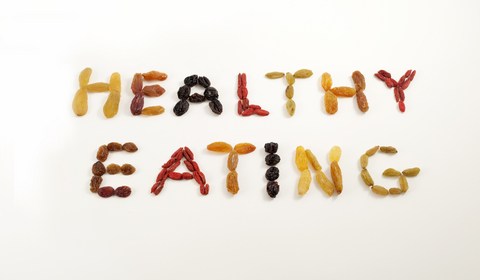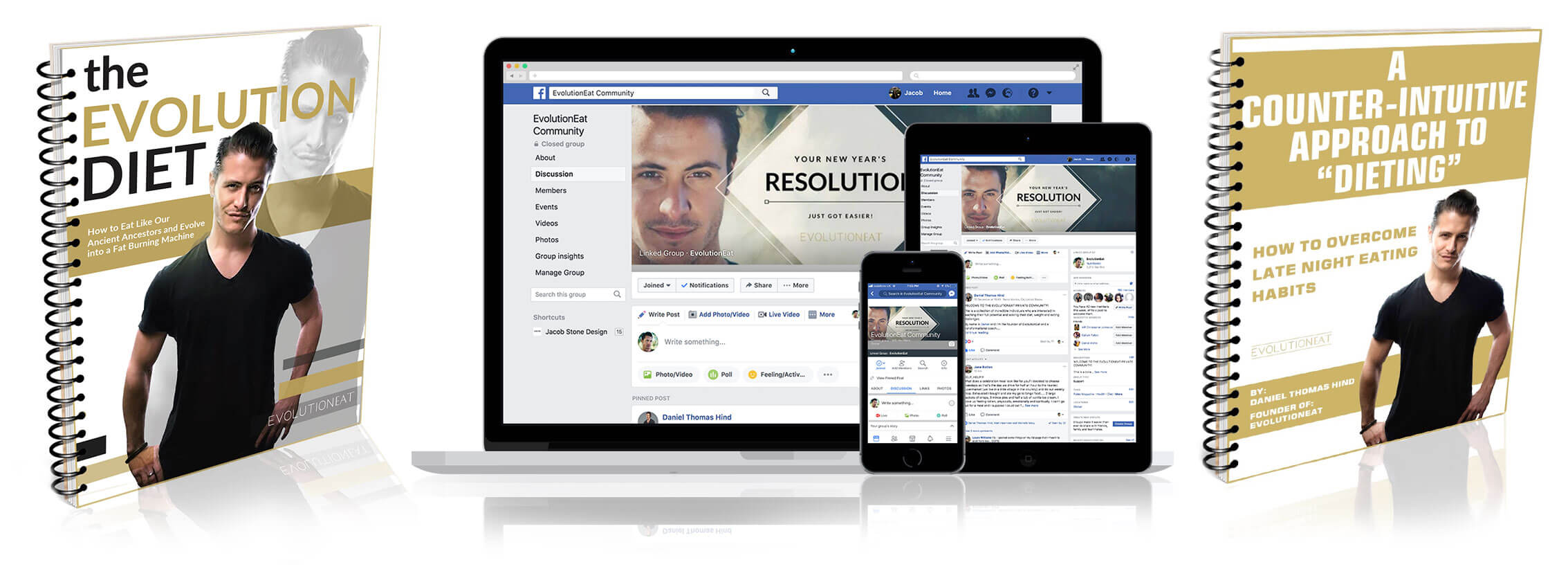“3am…maybe 2:30.”
“And that’s your norm? OK. Not much sleep. And how many cups of coffee?”
“Six or seven, and then two or three energy drinks after dinner.”
“What’s for dinner?”
“Take out, every night. Chipotle, or pizza, or yea…mostly Chipotle. Plus then I’ll have a bag of chips and maybe a Snickers from the vending machine at the office depending on how late I am.”
“And how often do you prepare your meals?”
“Never. I don’t have time to think about it.”
This is an exact excerpt of a conversation I had with a new client the other day. Unfortunately, this is not a rare occurrence. I have these conversations all the time.
As a high performance dietary strategist and lifestyle designer, I work with dozens of entrepreneurs, executives, and in-demand badass human beings who battle their health on a daily basis to achieve a nearly impossible standard of success.
Time is the enemy. “There’s not enough time to take care of myself and support my business,” is a constant refrain I hear.
This is proven by the fact that 70 percent of people in the U.S. are considered overweight or obese. No matter how successful you are at business or in other areas of life, those numbers apply across all demographics, professions and social strata.
Which matters for you, because they way you consistently feel has a huge impact on the success of your business or family life. And what you eat has a huge impact on how you feel.
“What’s the biggest challenge you’re facing right now regarding your health and diet?”
After asking this question, I’m often met by a long-off look, some fidgeting, a sigh of discomfort and, finally, total release:
“I just can’t stop eating after a certain point in the night and I’m embarrassed to talk about it. It’s not like I’m addicted but I also can’t stop myself. It feels stupid to talk about, because it’s easy to deny that anything is going on. But now I’m embarrassed to look at myself after I’ve gained something like 30 or more pounds and I feel sort of powerless.”
You are not alone.
Whether you’re an entrepreneur or an amazing mom, many in-demand people believe that health and success in business or home-life are at odds with each other.
How often do you force yourself to complete projects by consuming unholy amounts of caffeine, energy drinks, and sugary pick-me-ups to keep the brain firing well into the witching hours?
The thinking goes: you have to sacrifice your health, or leave it up to chance, in order to build something great.
This is a myth. Just like lack of time. There’s never a lack of time, you’re simply confused about your priority matrix.
I coach my clients to create lifestyles for themselves in which they’ve taken willpower and decision-making out of the equation. We do this by ruthlessly prioritizing healthy food over everything else, and by training a routine of consistency that you can rely upon day after day, no matter what’s going on, no matter where you are, no matter the circumstances.
By being strategic and planning proactively for your food options throughout the day, you won’t ever have to rely on willpower to get you by. Which cuts down on the late night binging, feeling out of control, and the intense self-loathing that can follow.
If you want to feel great all throughout the day, reduce the number of late night binges, keep firing consistently, and overcome the ridiculous cravings that repeatedly lead you to choose Chipotle over Sweet Green, then you must learn to overcome your sugar addiction.
(And yes, if you can relate to my client above, then you definitely have a sugar addiction.)
By reducing carbohydrate intake and feeding yourself with ample healthy fats your body will create new hormonal signals and switch over to fat-burning mode. We call this being “Fat-Adapted.”
As Mark Sisson, one of the fathers of the Paleo movement, writes: “being fat-adapted is the path to metabolic mastery.”
My goal is to turn you into a fat-adapted, fat burning machine. (I created this ebook for you to get started.) Doing so equips you with the physiological wherewithal to master your diet and feel in control—as you won’t be oppressed by a constant false-hunger to snack on sugar for quick-energy hits.
What a Busy Person’s Diet Should Look Like…
I created a free ebook for you to dig into, but here’s the jist:
- Very low glycemic load. Low in sugar, flour and refined carbohydrates of all kinds.
- Minimal carbs. If you forget everything else, remember this and own it: Carbohydrate drives insulin drives fat. The main idea is to limit carbs to only those you need to provide glucose for the brain and for some reasonable amount of exercise. If you are looking to shed body fat and lose that uncomfortable bloated feeling, keeping carbs under 80 grams per day will help immensely in lowering insulin and taking fat out of storage.
- Adequate protein. At the beginning of your evolution, up the protein to stymie sugar cravings and hunger pangs.
- High in good quality fats. Fat does not make you fat. Repeat that over and over and over again. Fats have little to no impact on insulin and, as a result, promote the burning of both dietary and stored (adipose) fat as fuel. If protein stays moderate and carbs stay low, you can use fat as the major energy variable in your diet. The key is choosing the right fats: Omega 3s, Coconut oil, MCT oil, Kerrygold butter, Olive Oil, Pastured Egg Yolks, Grass fed animal fat, and moderate servings of raw nuts (walnuts, almonds, macadamia, brazil).
- High in vegetables. The greener the better. The leafier the better. The deeper the colors, the more variety, the better. This range provides a high phytonutrient content protective against most diseases. You cannot eat enough leafy vegetables. Just be wary of the starchier root kinds, such as white potatoes. Oh, and french fries are not vegetables.
- Moderate in fruits. Stick to lower glycemic fruit such as berries. You might be thinking, “But aren’t fruits healthy?” Yes, many fruits are packed with vitamins—but sugar is sugar regardless of the source. Eating fruit under the guise of “it’s healthy, I can eat as much as I want” can lead to unintentionally high levels of sugar consumption, which is what we’re trying to reverse.
- Fish. Number 1 source for Omega 3s. Incredibly healthy so long as it’s the right kind. Target smaller fish that are low in mercury and low toxin (sardines, herring and anchovies). Sockeye salmon and pink Alaskan salmon are equally safe and full of nutrients. Generally avoid tuna (yellowtail is the best), swordfish and Chilean sea bass because of the high mercury load.
- Meat & Poultry. Ideally should be Grass fed and/or Pastured. If unavailable or too expensive, animals should be sustainably raised, free of antibiotics and hormones. Choose Organic.
- Organic. Local and fresh foods should be the majority of your diet, if possible.
- Avoid: Pesticides, antibiotics and hormones and GMO foods. (There’s a lot of debate about GMOs, and I’ll admit I’m no scientific authority. This book expresses my viewpoint better than I can. Take note that my philosophy is rooted in evolution. I recommend food that our evolutionary ancestors evolved eating. GMOs certainly do not fulfill that criteria, hence my wariness.)
- Avoid: Chemicals, additives, preservatives, dyes, MSG, artificial sweeteners and other chemicals.
When your body is on your side, you’ll be one level closer to overcoming your sugar dependencies and food fixations once and for all. This process takes about 2-3 weeks and can often be the hardest.
Where traditional diets get it wrong…they encourage you to “cut back on your intake” during this time. Nonsense. You should eat MORE than enough the good stuff, so that you’re not battling cravings and so that your hormones are firing.
Check out this free ebook I created just for you, and you’ll be on your way to metabolic mastery in no time.




